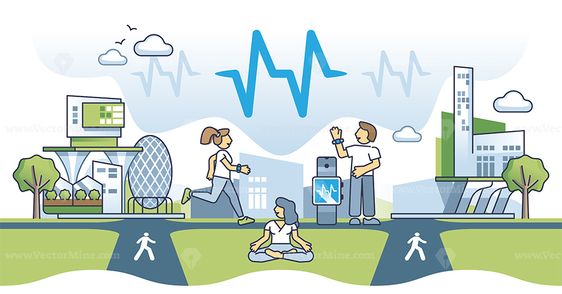Enhancing Health and Wellness in Apartments: The Vital Role of Natural Light in Urban Living
Read latest blogs and articles from Housystan

The Information mentioned here was last updated on:
30/11/2025Urban living often presents challenges for maintaining health and wellness, especially in apartments where access to green spaces and fresh air can be limited. However, one powerful yet often overlooked factor that significantly improves well-being is natural light. Maximizing sunlight within apartment spaces can transform the living environment, making it healthier, more comfortable, and more energy-efficient. This is particularly crucial in bustling metropolitan areas where high-rise buildings and dense neighborhoods dominate the landscape.
Natural light supports physical health in multiple ways. Exposure to sunlight helps regulate the circadian rhythm, which governs sleep patterns and overall energy levels. Consistent access to daylight reduces the risk of sleep disorders, enhances mood, and boosts productivity. Furthermore, sunlight is a natural source of vitamin D, essential for bone strength, immune function, and mental health. Apartments designed with large windows, skylights, or open balconies allow residents to benefit from these positive effects, even in city settings.
Mental wellness is another critical aspect influenced by natural light. Daylit spaces have been linked to reduced rates of depression, anxiety, and stress, making them ideal for residents seeking balance amidst the fast pace of urban life. Whether you’re in New York City, Los Angeles, or any other major metropolitan region, prioritizing sunlight access in apartment design can contribute to happier, healthier communities. Natural light also creates an inviting ambiance, making apartments feel more spacious and welcoming, which is especially valuable in compact city dwellings.
- Verified Tenants/Buyers
- Unlimited Property Listing
- Zero subscription/charges fee
From an environmental perspective, maximizing natural illumination reduces reliance on artificial lighting, thereby conserving energy and lowering utility costs. This eco-friendly approach aligns with sustainable urban development goals and supports greener lifestyles. Residents and property managers in cities like Chicago, Dallas, or Miami can adopt strategies such as installing reflective surfaces, using sheer curtains, and arranging furniture to optimize light flow throughout the apartments.
In summary, integrating natural light into urban apartments is essential for fostering health and wellness. By embracing sunlight, city dwellers can enjoy improved physical well-being, enhanced mental health, and greater energy efficiency, ultimately creating vibrant, sustainable, and thriving urban communities.